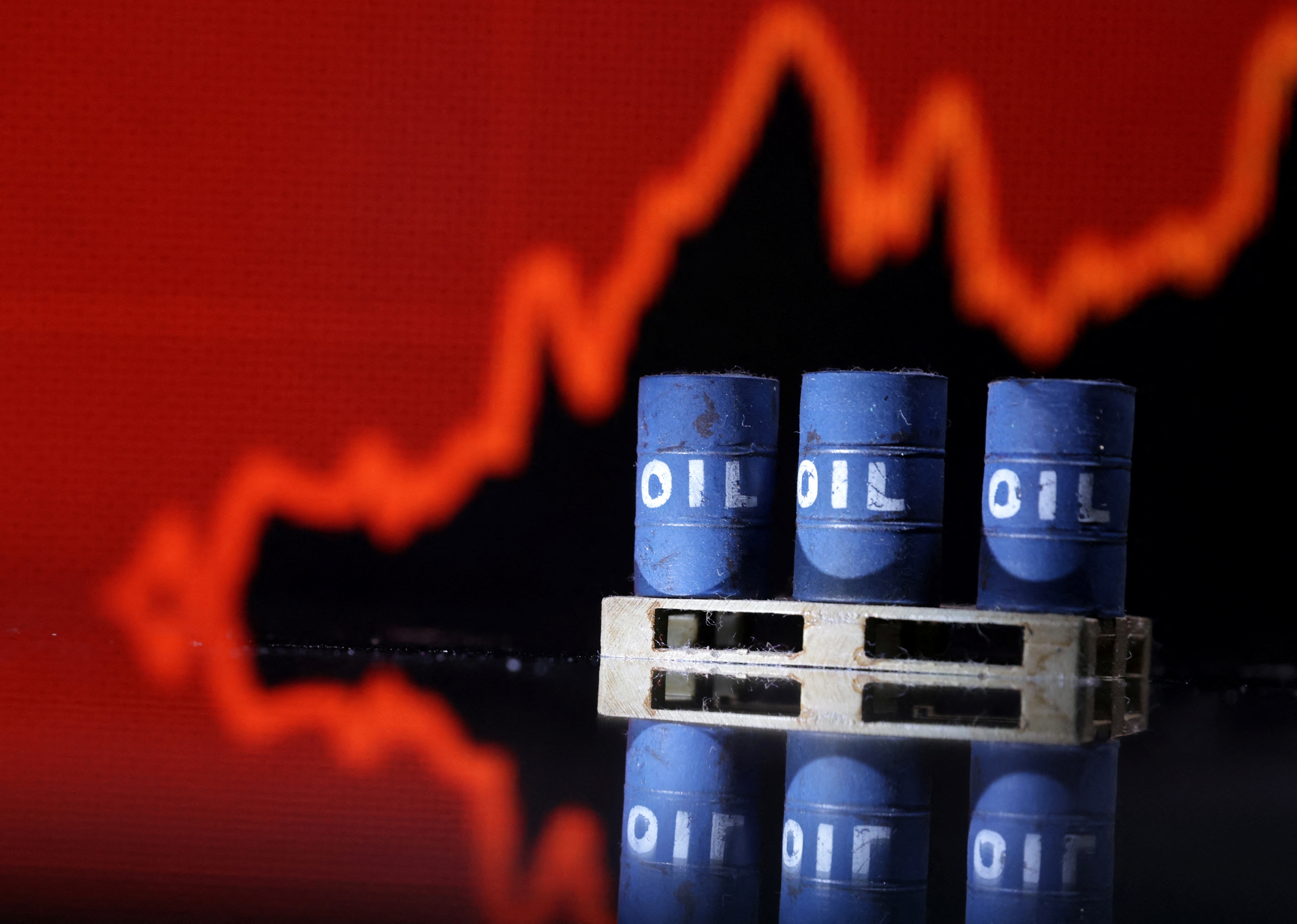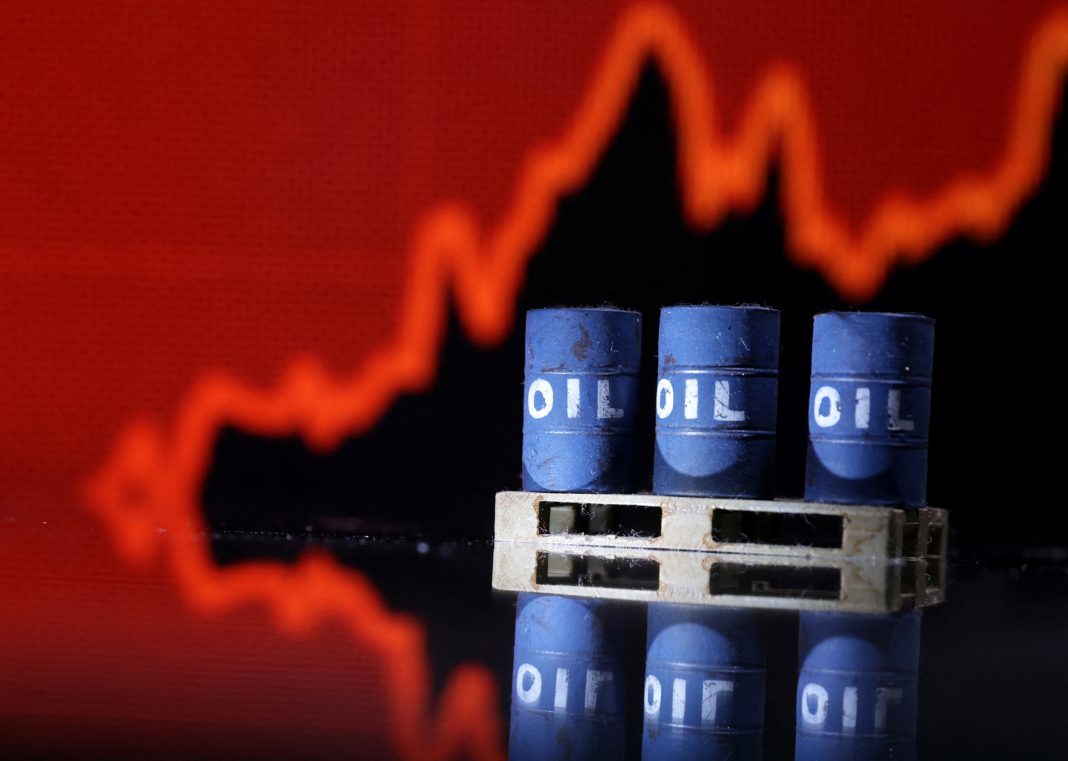 Oil prices experienced a slight drop on Friday, with benchmark U.S. crude for July delivery falling 17 cents to $78.45 per barrel. Similarly, Brent crude for August delivery fell 13 cents to $82.62 per barrel. This decline in oil prices can be attributed to a variety of factors, including global economic concerns and fluctuations in supply and demand.
Oil prices experienced a slight drop on Friday, with benchmark U.S. crude for July delivery falling 17 cents to $78.45 per barrel. Similarly, Brent crude for August delivery fell 13 cents to $82.62 per barrel. This decline in oil prices can be attributed to a variety of factors, including global economic concerns and fluctuations in supply and demand.
One of the key drivers of oil prices is the state of the global economy. As economies around the world continue to recover from the impact of the COVID-19 pandemic, there are lingering concerns about the pace of this recovery. Slower economic growth can lead to decreased demand for oil, putting downward pressure on prices. Additionally, geopolitical tensions and uncertainties can also impact oil prices, as they have the potential to disrupt supply chains and reduce overall demand.
Furthermore, supply and demand dynamics play a significant role in determining oil prices. OPEC and its allies have been closely monitoring production levels, adjusting output in an attempt to balance the market. The decision to increase or decrease production can have a significant impact on prices. In recent months, there have been discussions among OPEC+ countries about gradually increasing production to meet rising demand. However, uncertainties surrounding these decisions can contribute to price volatility.
In addition to oil, other commodities such as gasoline, heating oil, and natural gas also experienced price fluctuations. Wholesale gasoline for July delivery fell 2 cents to $2.40 a gallon, while July heating oil fell 2 cents to $2.47 a gallon. July natural gas fell 8 cents to $2.88 per 1,000 cubic feet. These price movements are reflective of the broader trends impacting the energy market.
On the other hand, precious metals saw an increase in prices. Gold for August delivery rose $31.10 to $2,349.10 per ounce, while silver for July delivery rose 40 cents to $29.47 per ounce. July copper also experienced a slight increase, rising 2 cents to $4.50 per pound. Precious metals often serve as safe-haven assets during times of economic uncertainty, and their prices can be influenced by factors such as inflation, interest rates, and overall market sentiment.
Finally, currency exchange rates can impact commodity prices, particularly for globally traded commodities like oil and metals. In this case, the dollar rose to 157.29 yen from 156.90 Japanese yen, while the euro fell to $1.0700 from $1.0739. Changes in exchange rates can affect the competitiveness of commodities in international markets and impact their prices accordingly.
In conclusion, the recent fluctuations in oil prices can be attributed to a variety of factors, including global economic concerns, supply and demand dynamics, geopolitical tensions, and currency exchange rates. These factors are interconnected and can create a complex web of influences on commodity prices. As investors and consumers alike navigate these fluctuations, it is important to stay informed about the underlying drivers of price movements and consider them in the broader context of the global economy.

